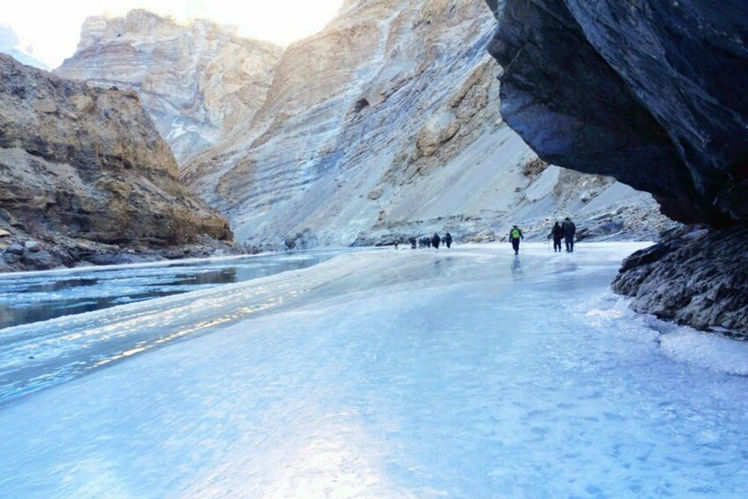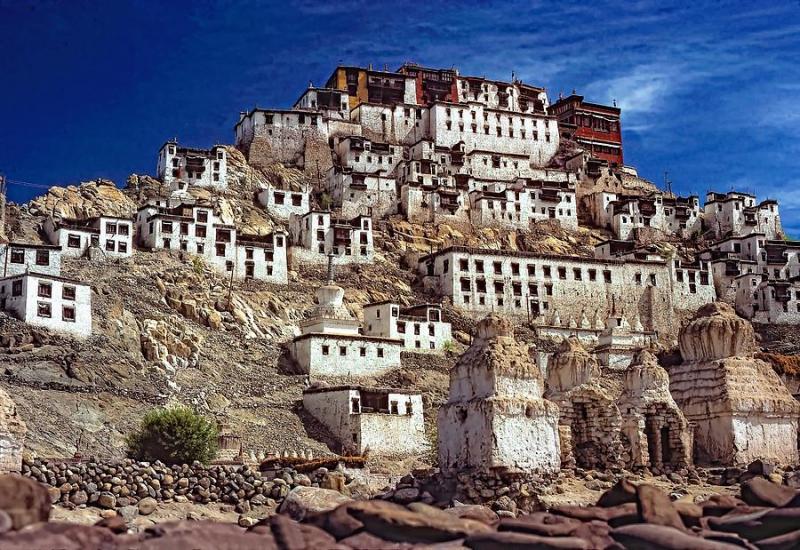Unveiling the Untouched Beauty: Zanskar Valley, Ladakh
Nestled within the rugged terrains of the Indian Himalayas lies a hidden gem awaiting exploration – Zanskar Valley. With its pristine beauty, rich cultural heritage, and breathtaking landscapes, Zanskar Valley stands as a testament to nature’s splendor and human resilience. Let’s embark on a journey to uncover the essence of this mesmerizing destination.
A Must-Visit Destination
Zanskar Valley is a must-visit destination for adventurers, nature lovers, and cultural enthusiasts alike. Its remote location and untouched wilderness offer a rare opportunity to immerse oneself in raw, unfiltered beauty. From towering mountain peaks to serene river valleys, every corner of Zanskar exudes a sense of awe and wonder that captivates the soul.
Location and Geography
Located in the eastern corner of the union territory of Ladakh in northern India, Zanskar Valley is bordered by the Great Himalayan Range and the Zanskar Range. The valley is carved by the Zanskar River, which freezes during winter, transforming into the famous Chadar Trek route. Surrounded by majestic peaks and dotted with quaint villages and ancient monasteries, Zanskar Valley offers a glimpse into a world untouched by time.
Best Time to Visit
The best time to visit Zanskar Valley is during the summer months, from June to September, when the weather is pleasant, and the roads are accessible. During this time, the valley blooms with vibrant colors, and the temperature remains moderate, making it ideal for trekking, camping, and sightseeing. However, for adventure enthusiasts seeking the thrill of the Chadar Trek, the winter months from January to February offer a unique experience as the Zanskar River freezes, creating a surreal landscape of ice formations.
How to Reach
Reaching Zanskar Valley requires a bit of effort, adding to its allure as an off-the-beaten-path destination. The nearest airport is in Leh, the capital of Ladakh, which is well-connected to major cities in India. From Leh, the journey to Zanskar involves a scenic drive through mountain passes and rugged terrain. Alternatively, adventurous travelers can opt for multi-day treks from Leh or Srinagar, immersing themselves in the raw beauty of the region.
How to Plan a Tour
Planning a tour to Zanskar Valley requires careful consideration of logistics and travel arrangements. It’s essential to factor in the remote location and limited infrastructure while crafting an itinerary. Travelers can choose from a variety of options, including guided tours, self-drive expeditions, or trekking adventures. It’s advisable to plan ahead, especially during the peak tourist season, and to carry essential supplies such as food, water, and warm clothing, given the rugged terrain and unpredictable weather conditions.











